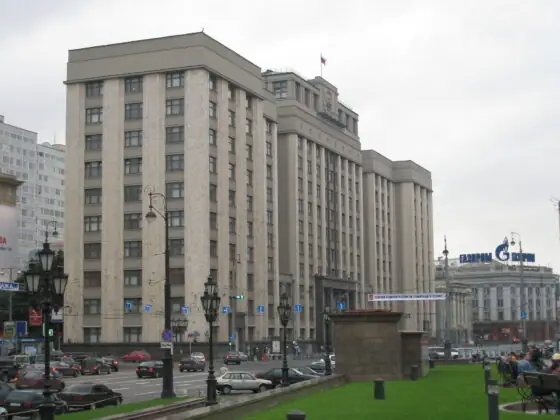Negotiations on a new strategic arms control treaty, proposed by Russian President Vladimir Putin in July 2006, are likely to be a challenging but fascinating exercise. The new treaty, which for convenience we may dub START+, is supposed to replace the 1991 Strategic Arms Reduction Treaty (START I), set to expire in December 2009. If successful, these negotiations could provide a stable long-term framework for the U.S.-Russian strategic nuclear relationship.
START+ will likely uphold the key feature of its predecessors, addressing the first-strike capability of each side by limiting the number of deployed warheads via special accounting methods. In this sense, it could become the last page in a decades-long exercise in arms control that began with the Strategic Arms Limitation Talks (SALT I) in 1972. In principle, a more ambitious task could be set: limiting and reducing the entire nuclear warhead stockpile, including reserve warheads. For now, that task is hardly feasible for political reasons; nevertheless, a more modest, but also more achievable, goal is still worth the effort. […]








